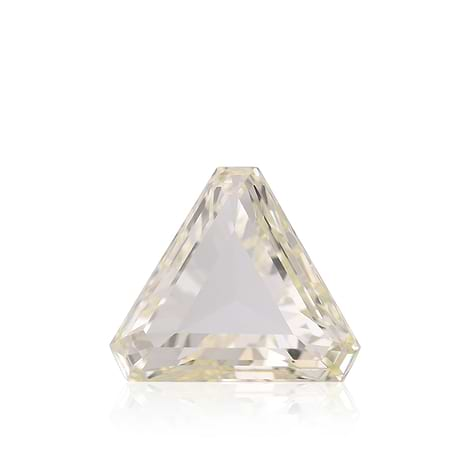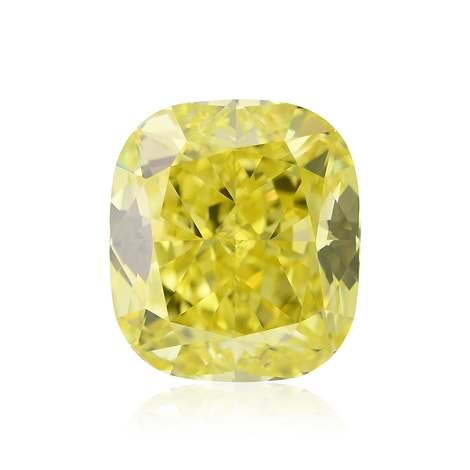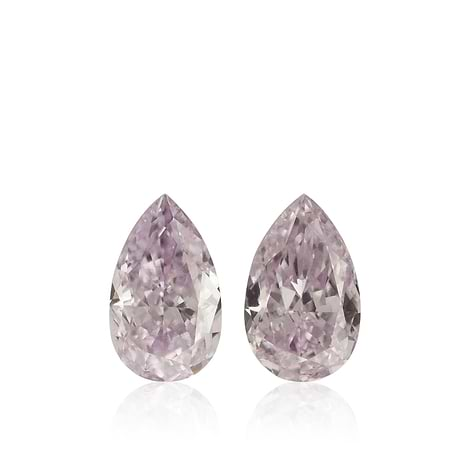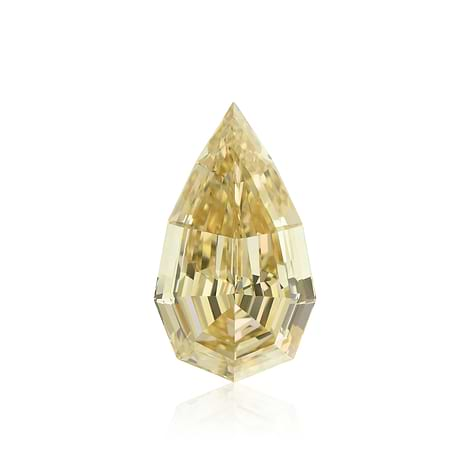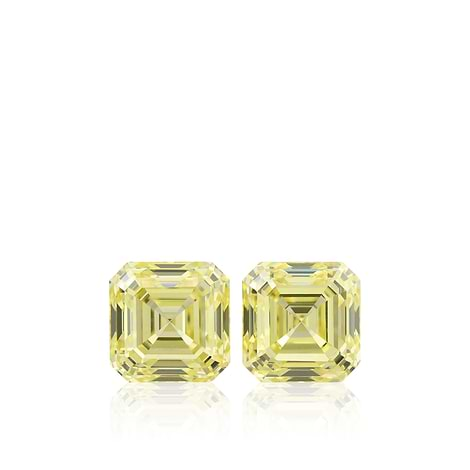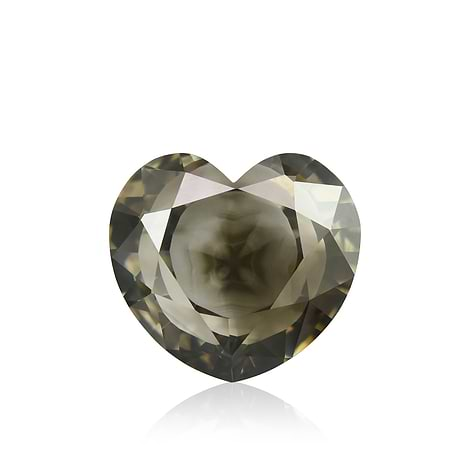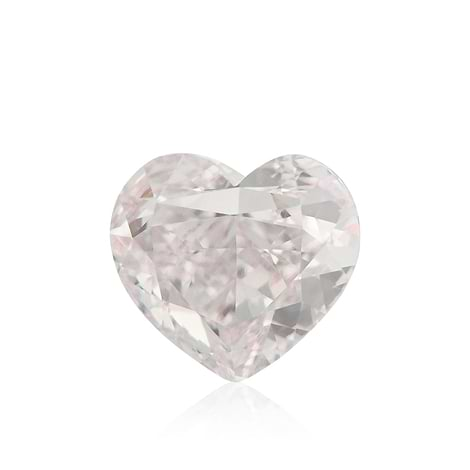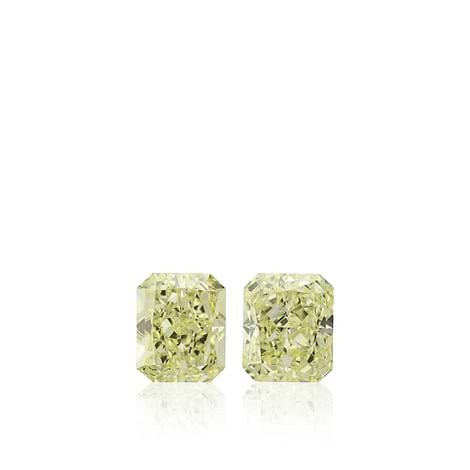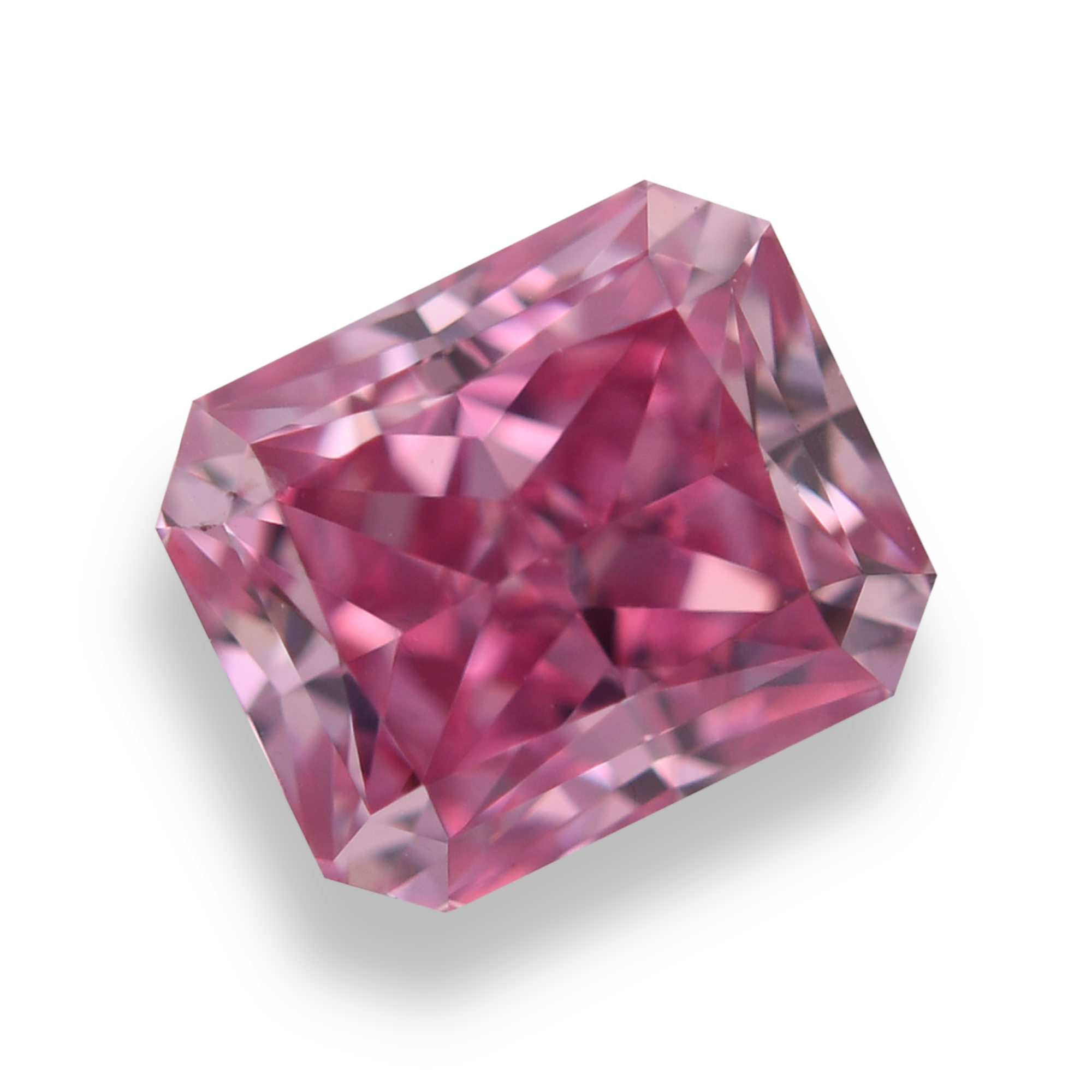The Smithsonian Institute has received a very generous donation of 500 carats worth of diamonds from diamond mining mogul Rio Tinto. Mined in the famous Argyle mine located in northwest Australia, these rough diamonds comprise the first Argyle diamond collection to arrive at the Smithsonian Institution, which is the largest museum in the world, which also houses some of the most extraordinary diamonds and jewelry in the world.
The Rare Diamond Collection
Rio Tinto graciously gifted the prestigious institution with a large amount of diamonds in order for them to be exhibited as well as researched. The US National Gem and Mineral Collection consists of many fascinating stones, but until now was lacking the diamonds that Rio Tinto has supplied. Among the many rough diamonds are pink diamonds, some of the rarest of fancy color diamonds, which are anyway quite rare, making pink diamonds quite a rare item. Three billion years ago, the rough diamonds were formed more than 160 kilometers beneath the Earth’s surface.
Color diamonds come to be as a result of various conditions they have endured as well as different elements and impurities found within the diamonds. While it is clear that nitrogen is responsible for the yellow color in yellow diamonds, the cause for the pink color in pink diamonds has remained somewhat of a mystery. Nevertheless, after much research and observation there is a consensus that the pink color stems from the shock that the pink stones experienced while traveling to the Earth’s surface. Pink diamonds are in very high demand due to their beauty and rarity and it is therefore imperative that they are researched in order to learn more about how they are formed, in order to find more, well as for differentiating them from their synthetic counterparts.
The Argyle Mine
Though there are many diamond mines around the world, none of them come close to the impact of the Argyle mine in Australia. It is responsible for the majority of the world’s color diamonds, particularly with its pink and champagne diamonds. By bestowing upon the Smithsonian this unique collection, Rio Tinto and the Argyle mine have essentially shared a monumental aspect of Australia, its geology, and its history. Such a gift will be preserved and researched for many generations to come.
